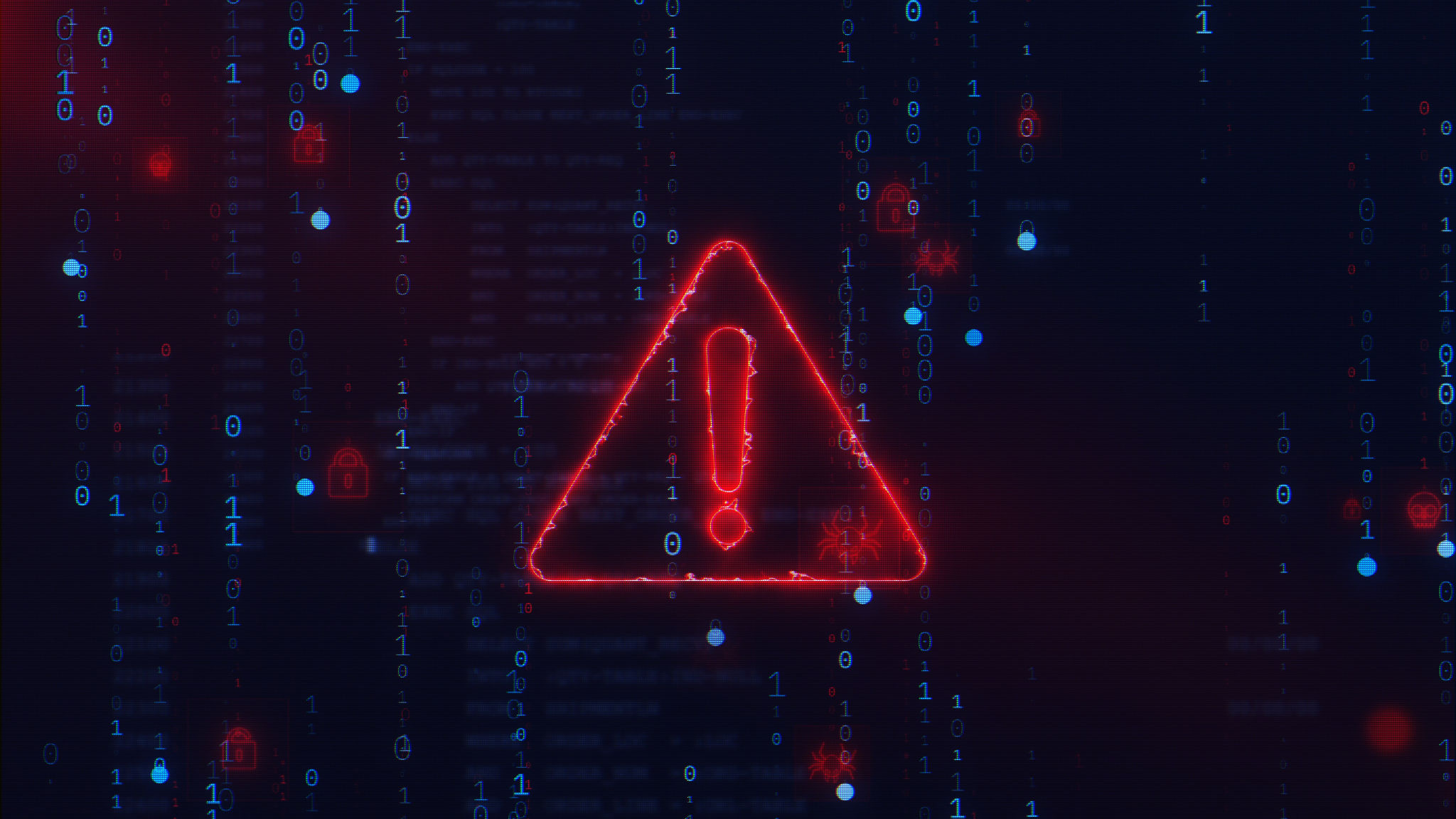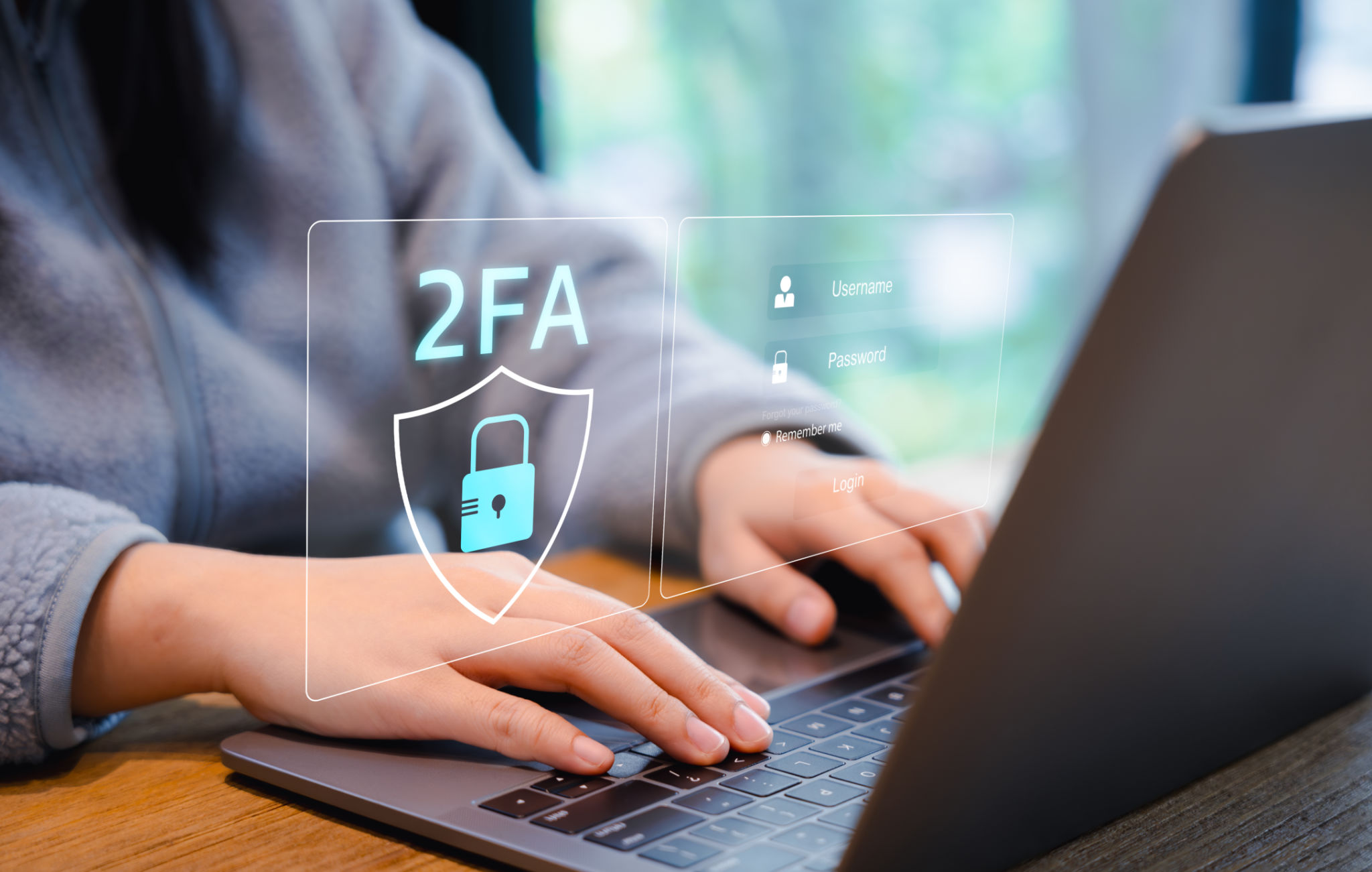Cybersecurity Best Practices: Protecting Your Website from Sophisticated Threats
Understanding the Evolving Threat Landscape
In the digital age, the sophistication of cyber threats is constantly evolving. Hackers are no longer the lone programmers of the past; they are often part of organized groups with extensive resources. This makes it crucial for businesses to stay informed about the latest threats and how to protect against them. By adopting robust cybersecurity practices, you can safeguard your website from these sophisticated threats.

Implementing Strong Password Policies
One of the simplest yet most effective ways to secure your website is by enforcing strong password policies. Ensure that all users create passwords that are at least eight characters long and include a mix of uppercase letters, lowercase letters, numbers, and special characters. Regularly update passwords and avoid using the same password across multiple sites.
Two-Factor Authentication
Enhance your password protection by implementing two-factor authentication (2FA). This requires users to provide two forms of identification before accessing their accounts, making unauthorized access significantly more difficult. 2FA can be set up using SMS codes, email verifications, or authentication apps.

Regular Software Updates and Patching
Cybercriminals often exploit vulnerabilities in outdated software to gain access to systems. To counteract this, ensure that your website software, including plugins and themes, is always up-to-date. Regularly applying patches and updates can significantly reduce the risk of exploitation.
Automated Updates
Consider enabling automated updates for your website's software. This ensures that critical patches are applied as soon as they are released, minimizing the window of opportunity for attackers. However, be sure to monitor these updates to ensure compatibility with your website's existing infrastructure.

Data Encryption
Protecting data in transit is essential for maintaining the integrity of sensitive information. Implementing Secure Sockets Layer (SSL) certificates encrypts the data exchanged between users and your website, preventing it from being intercepted by malicious actors. This not only secures your data but also boosts user trust and SEO rankings.
Advanced Encryption Standards
Consider using advanced encryption standards (AES) for data at rest. AES is widely recognized as a secure encryption method and is used by governments and financial institutions worldwide. By encrypting stored data, you add an extra layer of security against unauthorized access.
Regular Security Audits
Conducting regular security audits is essential for identifying potential vulnerabilities in your website's infrastructure. These audits can help you pinpoint weak spots before they are exploited by attackers. Consider hiring professional cybersecurity experts to perform comprehensive assessments and provide actionable insights for improvement.

Ongoing Monitoring
In addition to periodic audits, implement ongoing monitoring solutions to detect suspicious activities in real-time. Intrusion detection systems (IDS) and intrusion prevention systems (IPS) can alert you to potential breaches, allowing for swift action to mitigate threats.
- Enforce strong password policies
- Use two-factor authentication
- Keep software updated
- Encrypt data transmissions
- Conduct regular security audits
By following these best practices, you can significantly enhance your website's security posture, protecting it from the myriad of sophisticated cyber threats present today.